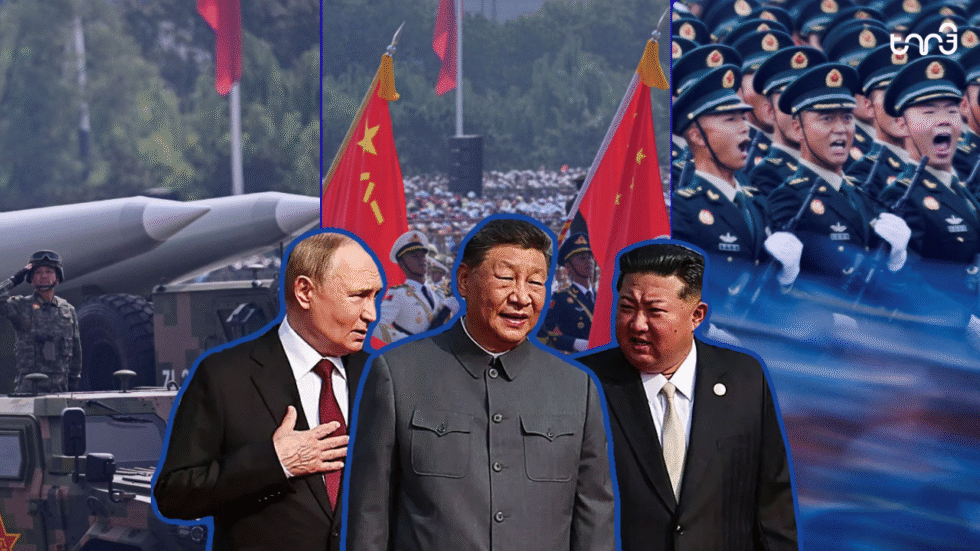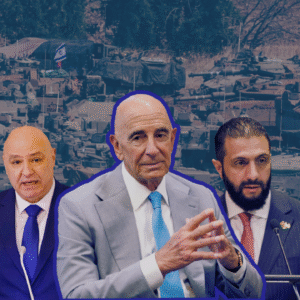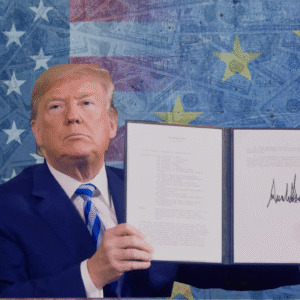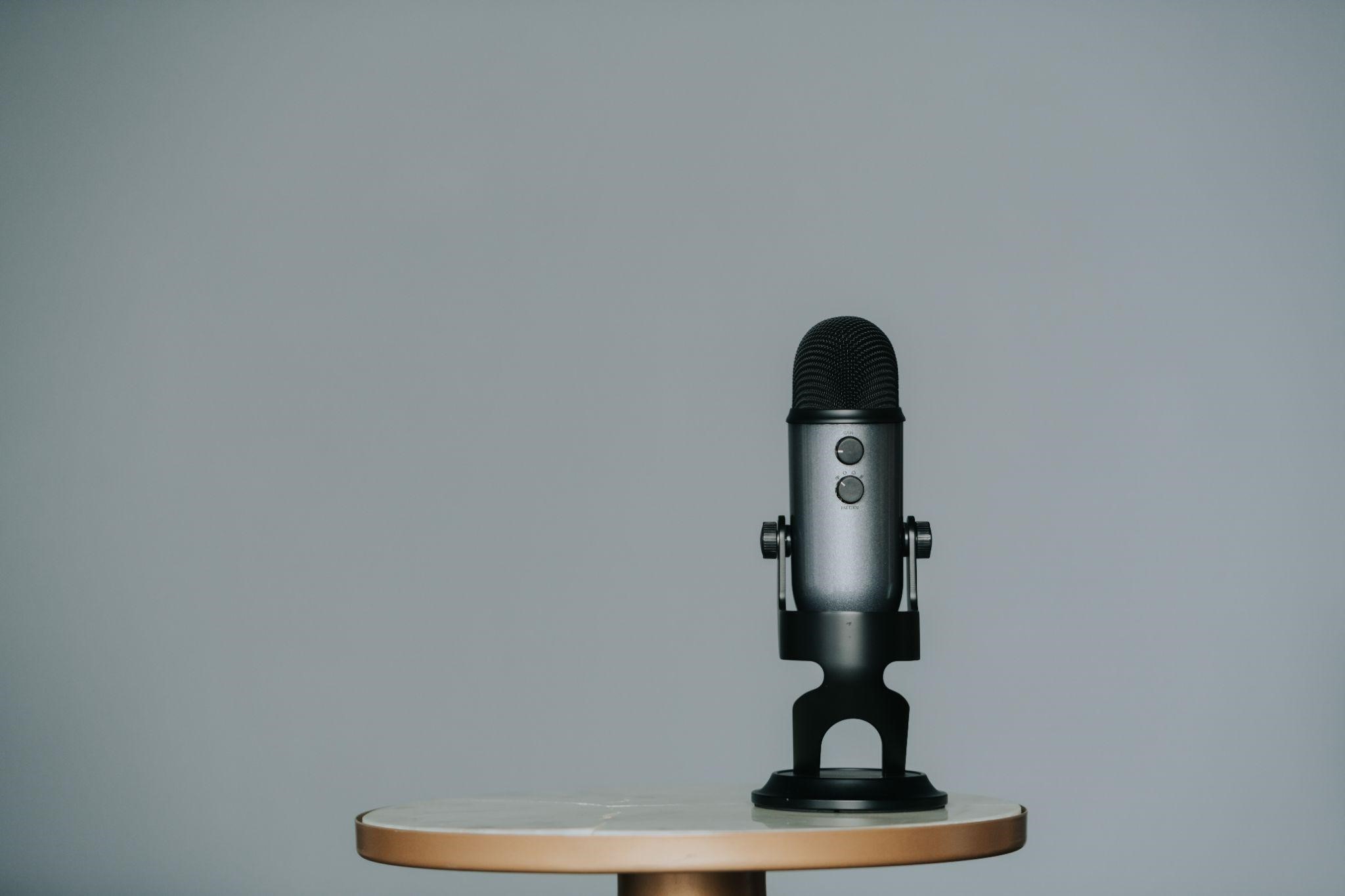China’s Military Parade Reflects the Strategic Rise of the Global South

On September 3, 2025, Beijing commemorated the 80th anniversary of victory against Imperial Japan in World War II. Several foreign leaders from the Global South attended the military parade in Tiananmen Square hosted by President Xi Jinping. Revealing new and advanced military technology, China has signified its national strength and delivered a message of deterrence as a challenge to the U.S.-led world order.
The People’s Liberation Army (PLA), the official military of the Chinese Communist Party, unveiled strategic weaponry on most military fronts. Nuclear-capable, hypersonic, and anti-ship missiles were introduced as new assets for China’s military might, along with AI-assisted drones and fighters. Examples include the Dongfeng-61, a land-based intercontinental missile, and the AJX002, one of two extra-large undersea drones (XLUUVs).
“Victory Day” symbolizes Chinese resilience against foreign aggression, marking a pivotal historical legacy of nationalism and the preservation of world peace. In his opening remarks, Xi proclaimed that humanity today is “again faced with the choice of peace or war” and that the Chinese people “firmly stand on the right side of history.”
Demonstrating a Unified Front
Twenty-six world leaders from the Global South had attended the victory parade, capturing a group picture which reflected their emerging political alignment. As they walked across the Square, Xi Jinping, Vladimir Putin, and Kim Jong Un, positioned themselves front and center, marking their first public appearance together.
Other prominent guests included President Pezeshkian of Iran, Prime Minister Ibrahim of Malaysia, President Díaz-Canel of Cuba, and Prime Minister Sharif of Pakistan.

Reuters has reported that the South Korean National Assembly Speaker Woo Won-shik shook hands with Kim Jong Un upon their meeting in the Tiananmen Gate Tower. During their brief talk, Woo said, “We meet again after 7 years,” to which Kim responded with a mere “Yes.” Woo later conveyed a message to Putin that peace must be restored in the Korean Peninsula.
Putin also thanked Kim during the event for sending North Korean troops to fight alongside Russian soldiers in Ukraine, as part of their security deal signed in June 2024.
President of Indonesia Prabowo Subianto had also attended the parade and the 2025 Shanghai Cooperation Organization (SCO) summit beforehand. His initiative received considerable backlash amidst the ongoing anti-government protests in Indonesia.
Throughout the leaders’ march on the red carpet, Pezeshkian was walking behind the three major heads of state. Upon his return from the capital, the president mentioned that he had had a four-hour talk with Vladimir Putin on combatting unilateralism.
A few days ago, Iranian MP Mohammad Kowsari threatened for Iran to leave the Nuclear Non-Proliferation Treaty (NPT) if NATO and its allies decide to activate the “snapback” mechanism on Iran. However, the Iranian parliament has failed to secure a unified stance on withdrawing from the treaty and terminating the JCPOA, raising questions about the future of Iran as a non-nuclear power.
Iranian FM Abbas Araghchi also commented on the president’s visit to China, stating that it demonstrates Iran’s opposition to warmongerers in the global order. He tied his remarks to the actions of the U.S.-backed Zionist regime which threatens peace in the region. While Araghchi is a reformist politician and a strong defender of the JCPOA, he proclaimed that there are diplomatic initiatives with Moscow and Beijing aimed at countering the “snapback” mechanism.
Two of the 26 leaders were the African Presidents of Congo and Zimbabwe, argued to represent China’s increasing influence in the African continent. During the Xi Jinping era, China’s policy in Africa has focused on building relations through economic, political, cultural, and military cooperation. Its various affairs include infrastructure projects, trade agreements, health aid, educational scholarships, and military training. In response, traditional powers—the EU and allies—have grown weary of the growing Chinese-African relations.
Although the “Global South” remains a term that is contested amongst scholars of international relations, world leaders are increasingly invoking it in their expanding political initiatives. China’s BRI is a leading example of Beijing’s push for multilateral alliances with states attempting to replace the Western monopoly on international infrastructure and diplomacy.
The victory parade is thus a manifestation of a rising coalition with a shared goal of resisting Western hegemony, despite the political disagreements present between the countries themselves.
During the SCO summit which took place three days before, President Xi asserted strong opposition to the “Cold War mentality, bloc confrontation and bullying behaviors.” China’s push for more representation of the Global South in global governance shows indirect antagonism for the U.S.’s manipulation of international organizations, exemplified by the recent blocking of Palestinian representatives from attending the UN General Assembly session in New York under direct US pressure.
International Reactions to Beijing’s Display
After describing the parade as a “beautiful” ceremony, Donald Trump protested that the U.S. had not been mentioned in the event—asserting the U.S. supposed contribution to China’s victory over Japan.
“Please give my warmest regards to Vladimir Putin, and Kim Jong Un, as you conspire against The United States of America,” he said in a post on Truth Social.
Japan had urged European states not to attend the Chinese victory parade, claiming it promotes anti-Japanese sentiments in its celebration.
EU High Representative of the Union for Foreign Affairs and Security Policy Kaja Kallas stated that the presence of Russian, North Korean and Iran leaders at the event is “a direct effort to challenge the rules-based international order by establishing an anti-Western coalition.”
On social media, users have been sharing comparative edits between the Chinese parade and the U.S. Army’s 250th anniversary parade held on June, 14, 2025. This illustrated the stark contrast between the U.S. military’s lackluster display and China’s disciplined coordination and technological advancement.
Ultimately, concerns remain over China’s growing influence in the Global South, with accusations of “debt trap diplomacy” and poor labour conditions gaining ground. Yet, Beijing prevails as the leading actor for the changing dynamics in the international system, championing the expansion of BRICS+ and the SCO as alternative institutions for multilateral cooperation.
If you value our journalism…
TMJ News is committed to remaining an independent, reader-funded news platform. A small donation from our valuable readers like you keeps us running so that we can keep our reporting open to all! We’ve launched a fundraising campaign to raise the $10,000 we need to meet our publishing costs this year, and it’d mean the world to us if you’d make a monthly or one-time donation to help. If you value what we publish and agree that our world needs alternative voices like ours in the media, please give what you can today.




